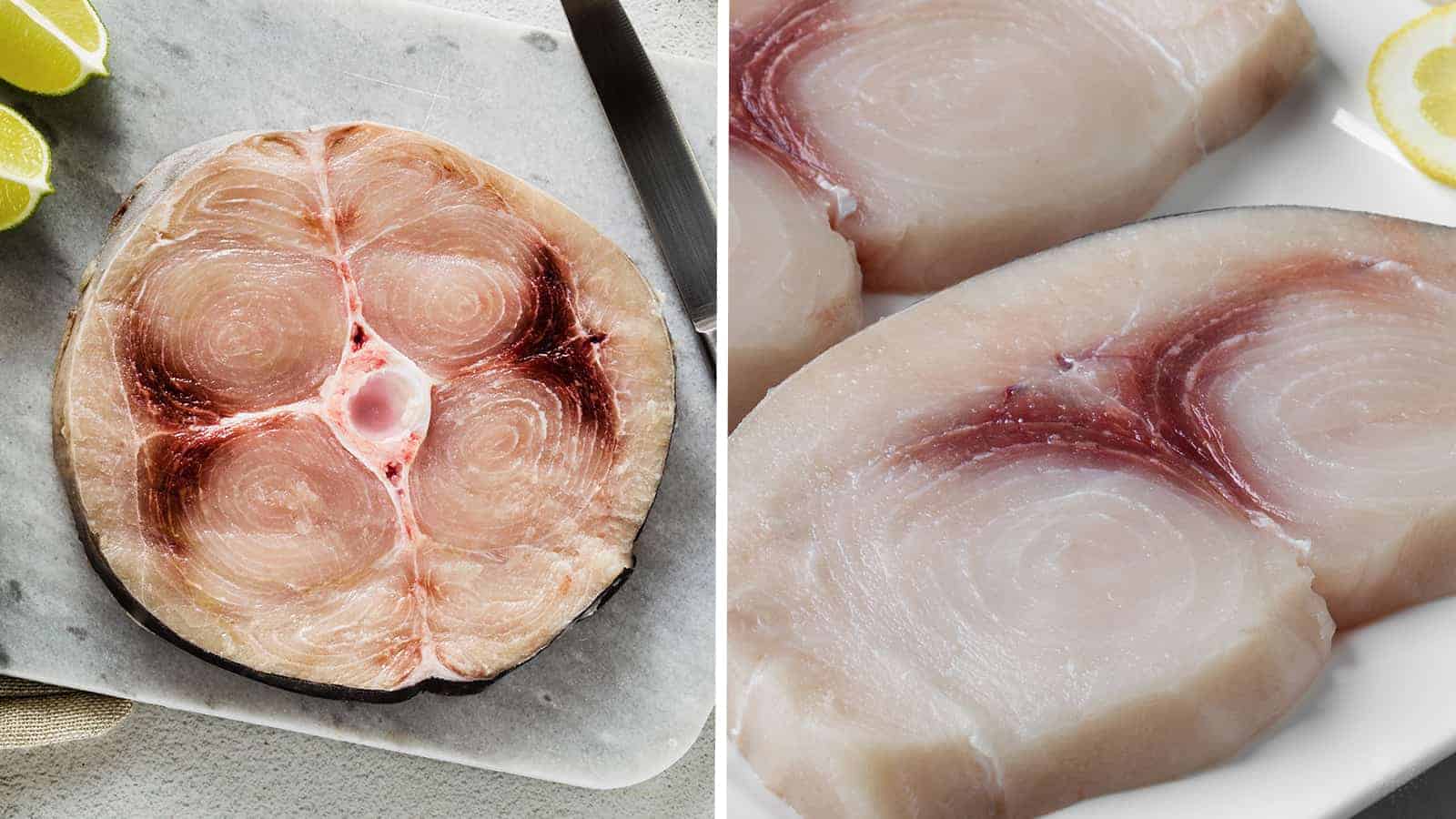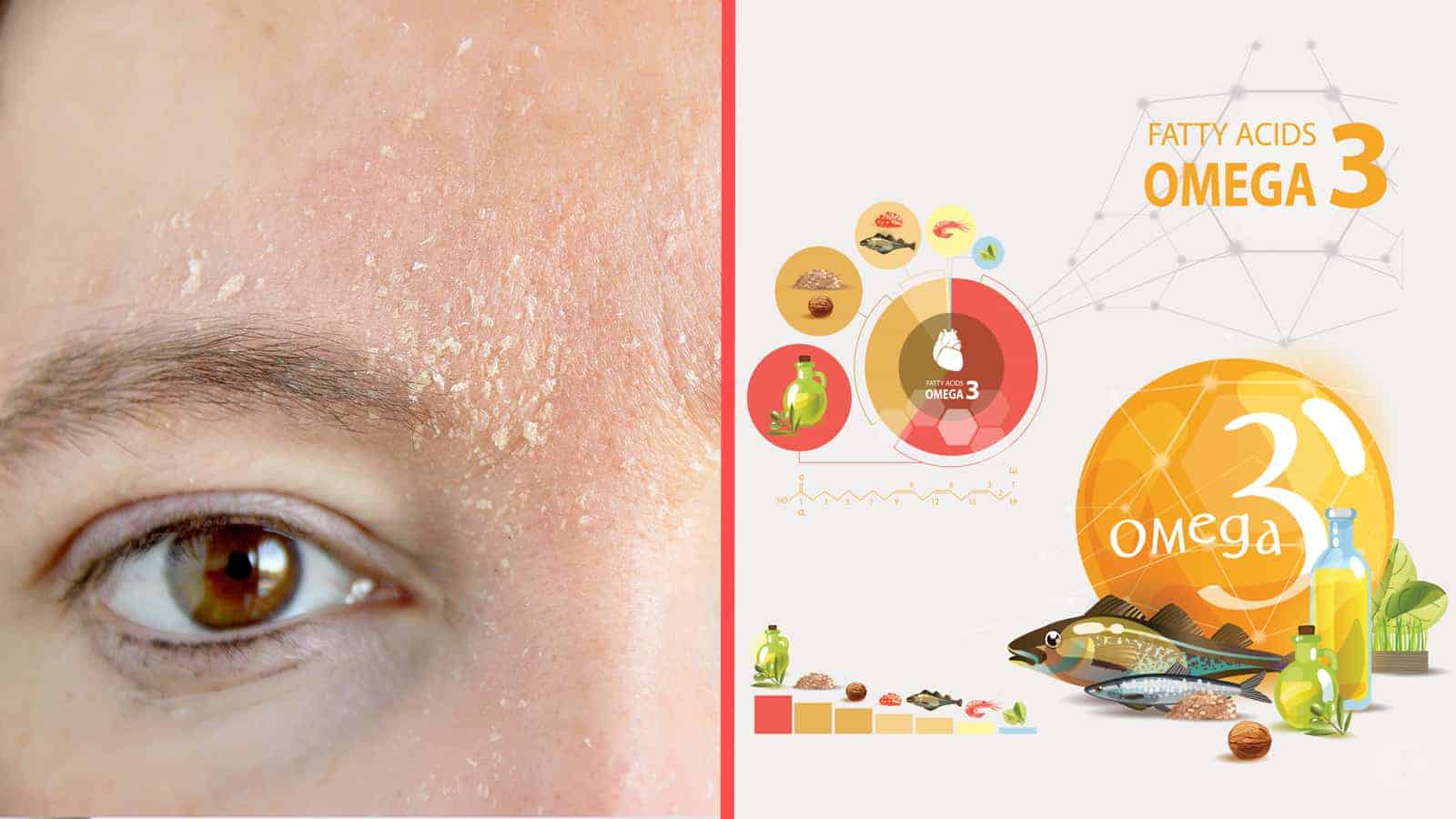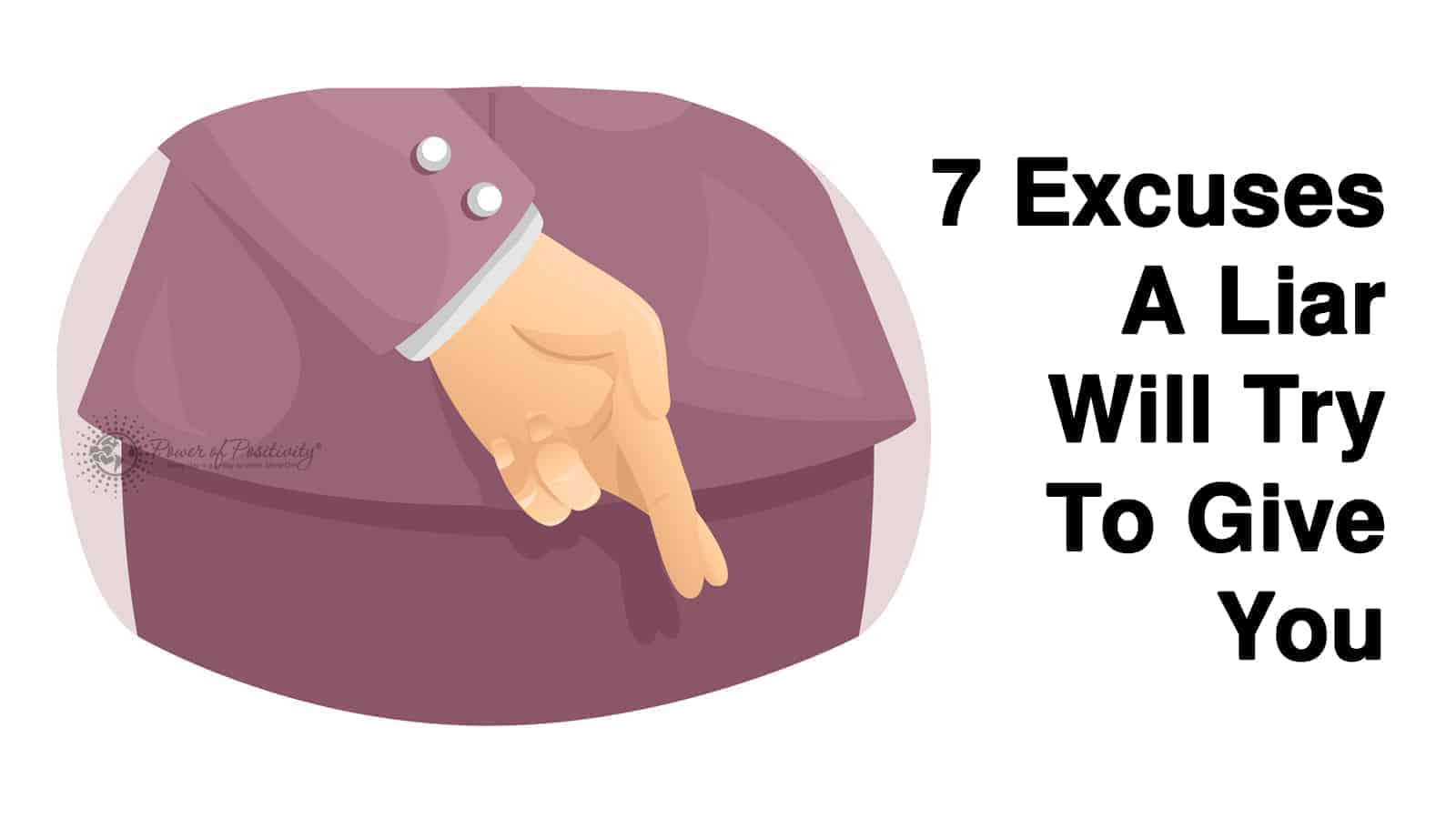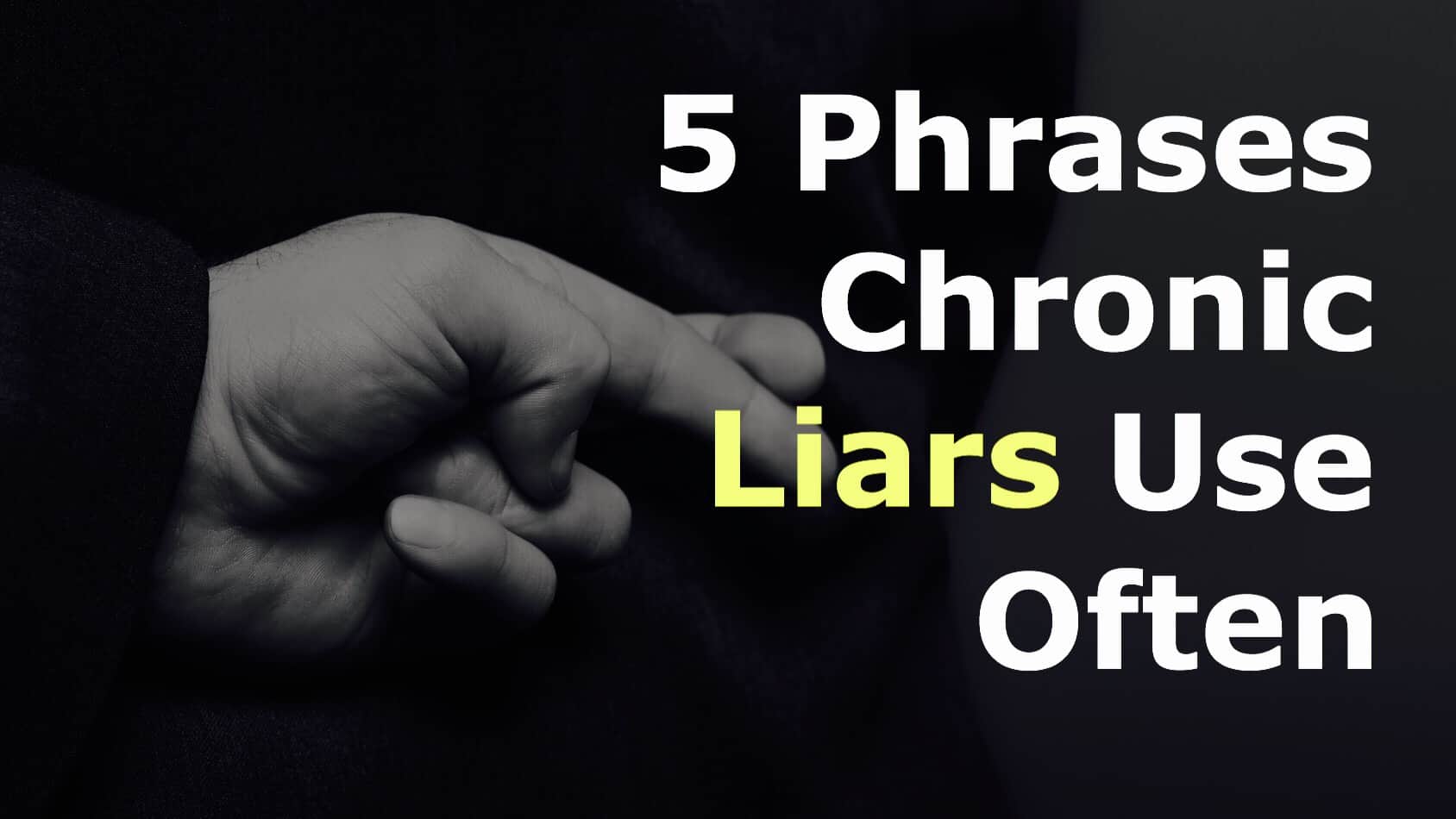Fish and seafood have a wide variety of health benefits. Yet, you want to be sure your seafood is safe to eat from contaminants and high levels of mercury, which can be dangerous to your health. Here’s a list of the fish never to eat and what you can eat to stay healthy.
Why eat fish?
Heart disease is a growing problem around the world. It’s estimated that 40% of deaths across the globe are due to cardiovascular diseases such as heart attacks, angina, and arterial diseases. An unhealthy diet, lack of physical exercise, and smoking contribute to heart disease. The benefits of adding fish to your diet are huge. Fish is packed with fatty acids, vitamin D, iodine, and selenium, which are fundamental to improving cardiovascular health.
Is it safe to eat fish?
 Fish and seafood are great sources of protein and omega-3 fatty acids, but because fish can contain mercury and other toxins, eating too much fish may not be good for you. You could avoid eating fish to avoid mercury contamination, but that isn’t the best health option. One study calculated that out of 100,000 people eating farm-raised salmon twice a week for 70 years, there were 24 deaths due to cancer, but 7,000 deaths from heart disease were prevented.
Fish and seafood are great sources of protein and omega-3 fatty acids, but because fish can contain mercury and other toxins, eating too much fish may not be good for you. You could avoid eating fish to avoid mercury contamination, but that isn’t the best health option. One study calculated that out of 100,000 people eating farm-raised salmon twice a week for 70 years, there were 24 deaths due to cancer, but 7,000 deaths from heart disease were prevented.
Plus, the amount of Polychlorinated Biphenyls (PCB), a group of human-made chemicals of carbon, hydrogen, and chlorine atoms that are no longer made in the United States. But they’re still in some older products, including meats, eggs, vegetables, and dairy products you buy. Surprisingly, most of today’s PCBs in the United States come from non-seafood sources.
So, because of all the health benefits of fish, just as you continue to eat vegetables, dairy, and meat, you should keep eating fish. One caution, though, is that if you eat local freshwater fish caught by family or friends, be sure to check with local authorities about the limit of fish to eat regarding contaminants in the area.
Which fish have the highest levels of mercury?
Eating fish is still a good health choice, depending on your choice, since some fish contain higher mercury levels.
Here’s a list of thirteen fish never to eat (or to consume only moderately) since they are high in mercury.
- Swordfish
- Shark
- King mackerel
- Marlin
- Orange roughy
- Tilefish
- Ahi tuna
- Bigeye tuna
- Albacore tuna (not more than once a week)
- Bass (eat in moderation)
- Pike (eat in moderation)
- Muskellunge (eat in moderation)
- Walleye (eat in moderation)
Safeguards for eating fish
Fish has impressive health benefits, but there are essential practices to follow when eating fish.
- Eat only twelve ounces of fish a week. This is around two meals a week. Choose tuna, catfish, salmon, and pollock since they are low-mercury fish.
- Light canned tuna has less mercury than albacore tuna.
- Always check with your local authorities before eating freshwater fish caught by friends or family in lakes, rivers, or ponds. If you’re unsure, limit your consumption to no more than six ounces per week of this fresh-caught fish.
- Pregnant women, breastfeeding women, and kids should eat fish only once a week, avoiding higher mercury.
Sadly, almost all types of fish are somewhat contaminated due to environmental pollutants. Despite this, don’t stop eating fish because the health benefits outweigh the contamination risks. So limit your intake of fish to no more than twice a week.
What should I eat instead?
Don’t stop eating fish; be picky about what fish you choose. The best fish choices are those high in omega-3 fatty acids. Omega-3s are fatty acids. DHA and EPA are two omega 3s fatty acids found in some fish. Fatty acids health benefits include the following:
- Lower your triglycerides (bad cholesterol), which helps fight against heart disease
- Pain: Helps fight stiffness and joint pain.
- Depression: Can help curb depression
- Asthma: Eating a diet high in omega-3 helps lower inflammation, which is involved in asthma.
- ADHD: May reduce symptoms of ADHD in kids.
- Alzheimer’s disease and dementia: May protect from these diseases.
Seafood and fish
Here are several lists of the best Omega 3-rich fish and kinds of seafood.
High in omega 3s seafood products include the following:
- Herring
- Oysters
- Anchovies
- Atlantic mackerel
- Pacific chub mackerel
- Sardines
- Wild trout
- Shad
- Wild and Alaskan salmon
Lower in omega 3s, but still healthy choices are these:
- Canned light tuna
- Atlantic croaker
- Catfish
- Crab
- Flounder
- Sole (flatfish)
- Lobster
- Mullet
- Pollock
- Squid (wild)
- Shrimp
- Tilapia
- Scallops
What are the healthiest ways to prepare fish?
Once you purchase your seafood, there are many ways to prepare it. Here are the healthiest cooking options.
Steam
Steaming your fish keeps it moist and doesn’t add extra fat to the cooking process. If you have a steaming basket, you can use it to steam your fish. Set the fish in the basket and put it over the pot of boiling water. A thick fillet will probably take 15 minutes.
Broil
Broiling is another way to prepare your fish. Salmon is best for broiling since it has a lot of oil. Other good oily fish to broil include tuna, sea bass, and mackerel. Broil for 6 to 9 minutes for a medium and twelve minutes for well done.
Grill
Grilling is a direct heat method to prepare your fish. Grilling has its heat source underneath the fish rather than above, like broiling, but it can still dry out your fish, so choose the same oily fish for grilling as you do for broiling. To grill, marinate your fish in olive oil and lemon juice. Then grill it for eight to ten minutes per side, depending upon how the filet’s thickness.
Bake
Prepare your fish with olive oil, herbs, lemon, and a sprinkle of kosher salt. Place on a parchment-lined pan and bake. A good rule of thumb is to bake the fish for seven to ten minutes per inch of its thickness.
Here are some exciting tips to help you choose seafood
Besides knowing the fish never to eat, don’t shop without knowing these things.
Is your seafood fresh or not?
The sign at the grocery said the fish is fresh, but do you know if that’s true? Here’s a little test you can do yourself to check the freshness of your fresh fish. Fill a pot with cold water. Put your piece of fish in the water. If the fish floats to the top, your fish is fresh. It was probably caught recently. If it sinks, it’s not as fresh as the sign says.
Milk for your fish
If you want to thaw your fish and enhance the flavor, thaw it out in a dish of milk.
Steak versus sardines
If you’re comparing protein sources, eating just 100 grams of sardines has more protein than a seafood filet or steak that weighs the same amount.
Sodium fighter
Eating a lot of fish can help fight the negative effects of the sodium you eat.
Least bacteria
If you compare which items have the least bacteria, tuna and halibut are the safest fish to eat.
Other foods high in omega 3s
Fish isn’t the only food source that contains omega-3s. Plants have alpha-linolenic acid (ALA) rather than EPA and DHA. Eating foods with ALA may not have the same health benefits, but studies show ALA can lower your risk of cardiovascular diseases, especially if you don’t eat omega 3s rich fish. Other sources of omega 3s include:
- Flaxseeds
- Walnuts
- Chia seeds
- Soybean oil
- Canola oils
- Algae
- Seaweed
- Hemp seeds
- Edamame
- Kidney beans
- Soybeans
What about Omega 3 supplements?
Omega 3 oil supplements aren’t as good as eating fish, but you should probably take a supplement if you don’t eat fish. Be sure you talk to your doctor before taking an Omega 3 supplement. They can react to other medications. There may be a few side effects, such as the following:
- Digestive problems: gas, diarrhea, and indigestion
- Bleeding: Omega-3 supplements can cause you to bleed if you cut yourself. People with a bleeding problem or who take medication that thins their blood shouldn’t take omega-3 supplements. It’s okay to eat fish, though.
- Increase your blood sugar: Omega 3 stimulates the production of glucose, which causes high blood sugar.
- Lowers blood pressure
- Acid reflux: Many people have trouble taking Omega 3 supplements because it causes acid reflux. If you experience this, reduce the amount of omega-3 oils supplements you take every week.
So, should you take Omega 3 supplements? Yes, especially if you don’t eat fish or plants high in omega-3s.
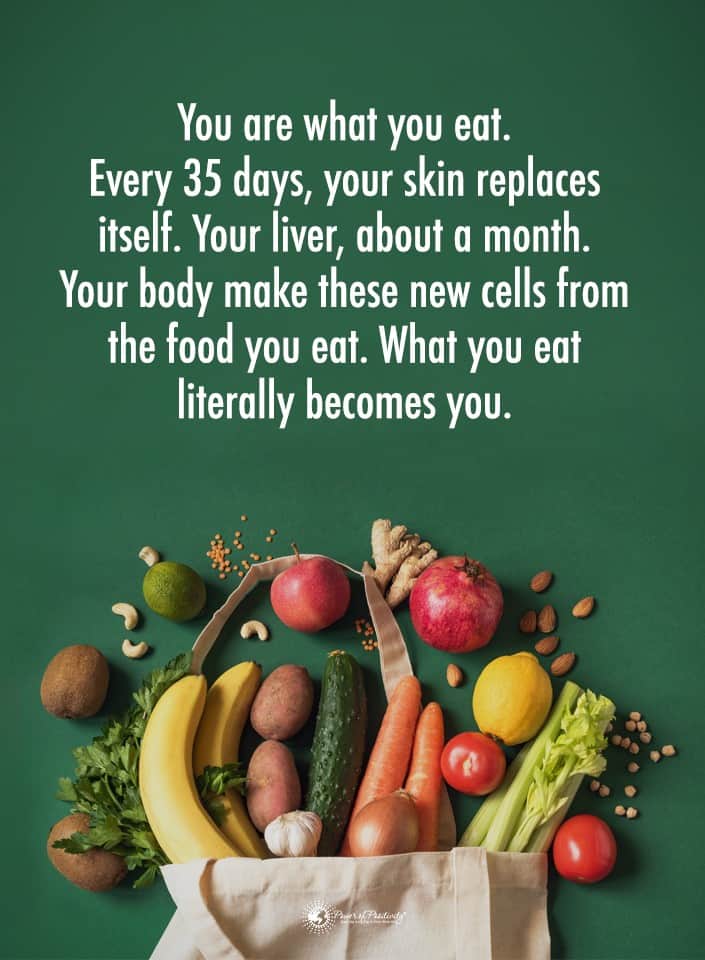 Final thoughts about the fish never to eat
Final thoughts about the fish never to eat
There’s no doubt about it. Fish is super healthy. Of course, all fish have some contamination, primarily due to environmental pollutants like PCBs and mercury. But some fish don’t have as much mercury, so they’re okay to eat. Be aware of the fish you should never eat because of their high levels of mercury.
Generally, it’s thought that eating a fish high in omega 3s twice a week is best. Omega 3s help fight your risk of cardiovascular diseases such as strokes, heart attacks, high blood pressure, and arteriosclerosis, also called hardening.
If you hate fish, you can take an Omega 3 supplement if your doctor gives you the okay. You can add plants, seeds, nuts, and plant oils to your diet to give your ALA omega 3s.

